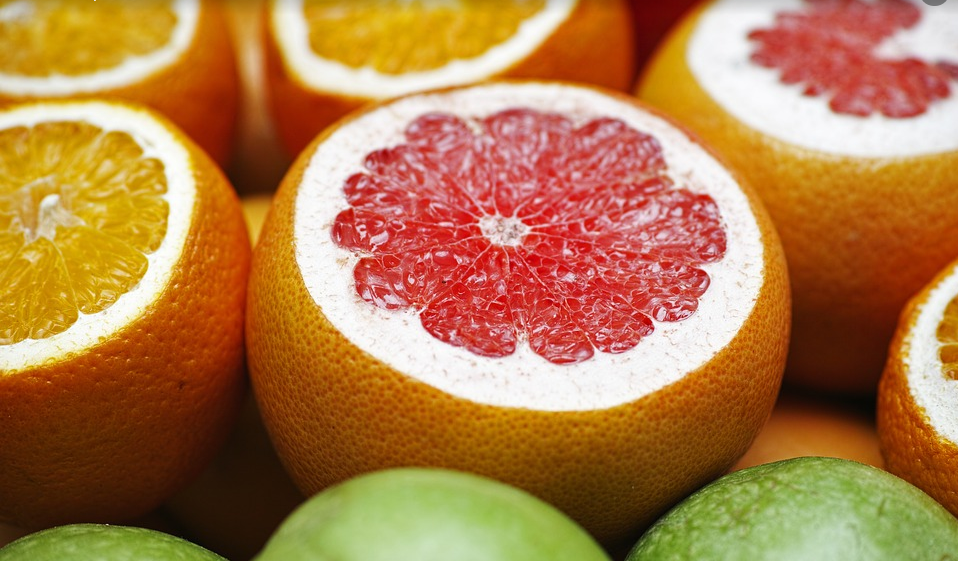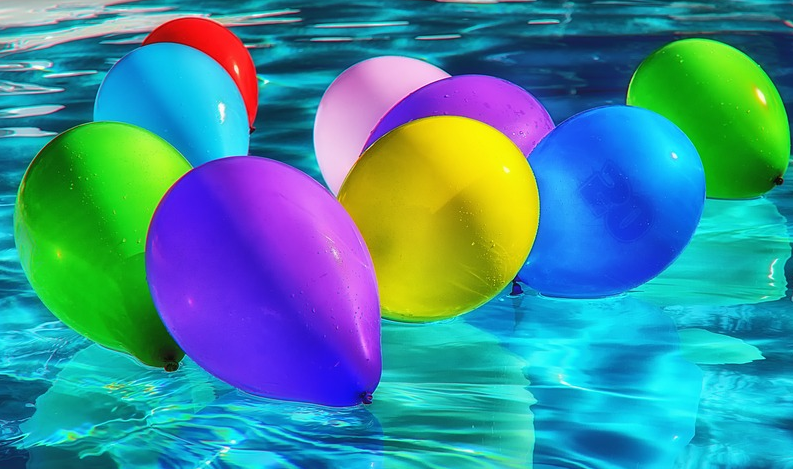年轻人更爱吃肉 日本金枪鱼进口大降
|
The Japanese are scaling back their raw tuna sashimi and sushi consumption as burgers and steak continue to gain popularity. 日本人减少了金枪鱼生鱼片和寿司的消费,而汉堡包和牛排日益受到青睐。 The country’s landings — the amount of fish imported and brought in by its own fishermen — of raw and frozen tuna fell 3 per cent last year, according to annual figures from the UN Food and Agriculture Organisation. 联合国粮农组织(FAO)的年度数据显示,去年,日本生的和冷冻的金枪鱼的上市量——进口和本国渔民打捞的金枪鱼数量——下降了3%。 The Japanese fish sector has been plagued by the long-term trend of falling consumption as the younger generation opt for meat. The weaker yen has made imports costly and competition from cheaper salmon has also contributed to the fall in tuna imports. 日本渔业受到了消费减少的长期趋势的困扰,这是因为年轻一代喜欢吃肉。日元贬值提高了进口成本,来自更便宜的三文鱼的竞争也推动了金枪鱼进口量的下降。 “The descending trend of Japan’s sashimi tuna imports continue,” said the FAO in its latest Globefish report on seafood. Supplies of fresh and frozen tuna in Japan fell to 353,000 tonnes in 2015, from 362,800 tonnes a year before. Supplies of air-flown tuna from overseas plummeted 21 per cent. “日本金枪鱼生鱼进口减少的趋势正在继续,”联合国粮农组织下属全球渔讯(Globefish)最新发布的海产品报告指出。2015年,日本新鲜和冷冻金枪鱼供应量从一年前的36.28万吨下降至35.3万吨。空运进口金枪鱼供应量大降了21%。 “The Japanese are eating less fish as its population ages,” said Gorjan Nikolik, analyst at Rabobank. “The older generation were once the largest fish consumers in the world, but they are eating less, and the younger population prefer meat.” “随着人口老龄化,日本人吃鱼吃得更少了,”荷兰合作银行(Rabobank)分析师戈尔扬•尼克里克(Gorjan Nikolik)说。“老一代日本人曾是世界上最大的鱼类消费者人群,但他们也吃得少了,年轻一代则更喜欢吃肉。” Japan remains the leading consumer of fish per capita, but the amount of meat on dinner tables overtook that of seafood in 2006, according to data from the fisheries agency. Latest figures from the health ministry show that meat consumption per person is almost 30 per cent higher than seafood, while that of raw fish fell 5 per cent in 2014 compared with 2011. 渔业机构的数据显示,日本仍是世界上人均鱼类消费量最大的国家,但2006年,餐桌上的肉类已超过海产品。日本厚生省的最新数据表明,人均肉类消费量比人均海产品消费量高出近30%,而2014年的人均生鱼消费量较2011年减少了5%。 The FAO report also showed that fish prices fell by almost a tenth in 2015 as prices in shrimp, salmon and tuna, the highest value seafood groups, declined. 联合国粮农组织的报告也显示,随着作为价格最高的海产品类别的虾、三文鱼和金枪鱼的价格有所下降,2015年鱼类总体价格下降了近10%。 Shrimp prices fell despite lower production, due to weakening demand in international markets, while Chilean salmon prices lost ground on fierce competition from Norway. Tuna hit six-year lows in 2015 due to a combination of falling demand, including that of canned products, and oversupply. 由于国际市场上需求减弱,尽管产量减少,但虾的价格仍有所下降,而面对挪威的激烈竞争,智利三文鱼的价格也不断下降。鉴于需求(包含罐装产品需求)下降和供应过剩,2015年金枪鱼的价格下降至6年来低点。 |









